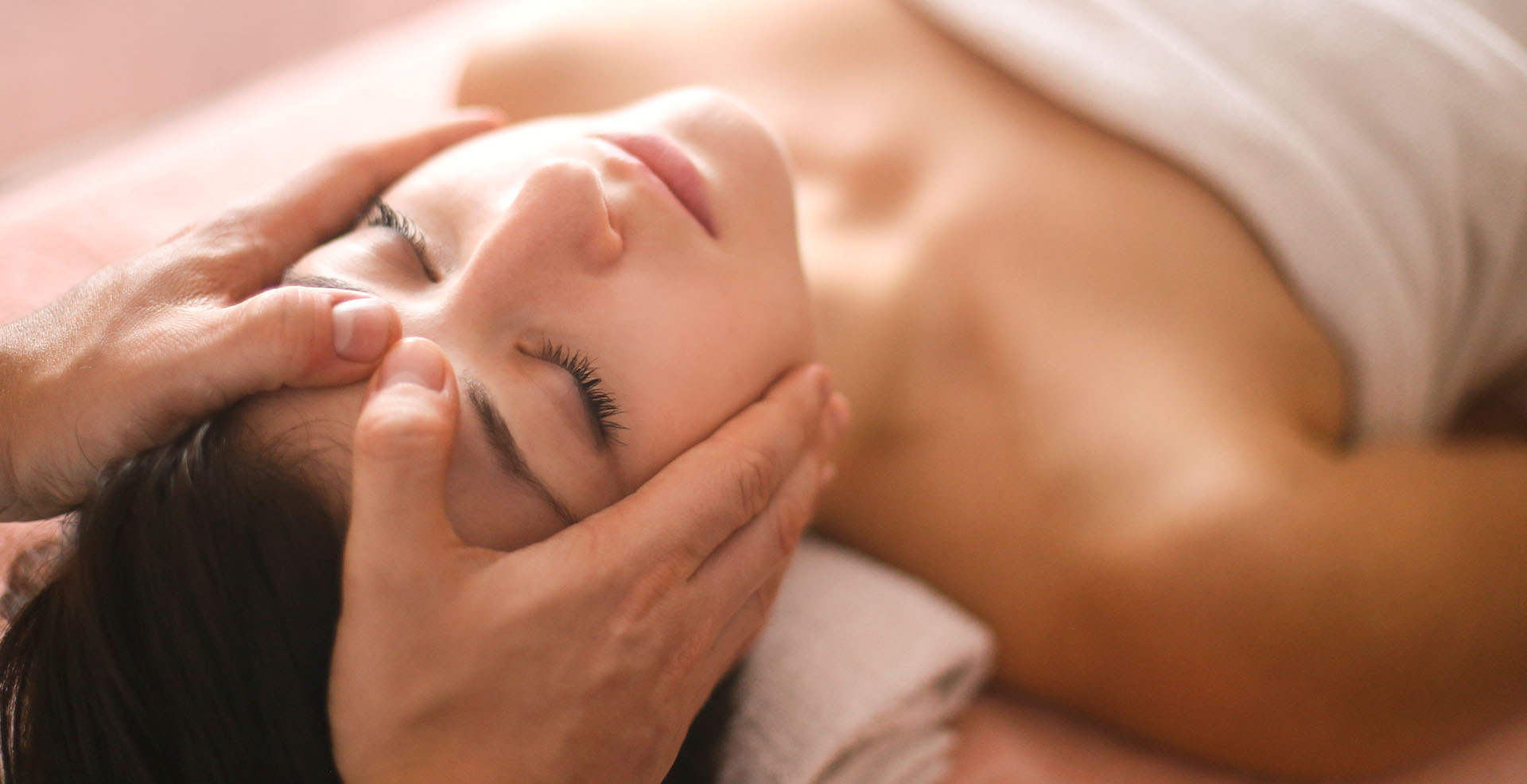The Study Question
Acupressure has been used to successfully manage several conditions associated with nausea, including motion sickness, chemotherapy-induced nausea and vomiting, pregnancy, and postoperative nausea and vomiting.
Despite a substantive body of evidence validating the efficacy of the acupoint PC6 for reducing nausea (also known as Neiguan in traditional Chinese medicine), no previous studies have investigated the use of the PC6 acupoint to relieve migraine-related nausea.
Migraine headaches are a painful and debilitating condition that affect many people worldwide, especially women. The World Health Organization estimates that migraine is the 12th leading cause of years lived with disability across every age group.
In addition to pain, migraine is often accompanied by gastrointestinal symptoms, most commonly nausea and vomiting. In fact, nausea and vomiting are one of the diagnostic criteria for migraine, occurring in an estimated 70 to 90 percent of people living with the condition. These symptoms can also be problematic because they can interfere with a person’s ability to take oral migraine medication and may impact the medication’s effectiveness.
This preliminary study, conducted at the University of Turin in Italy, investigated whether applying pressure to the PC6 acupoint could effectively reduce nausea during migraine attacks.
The Study Methods
Forty female patients, suffering from migraine without aura and diagnosed according to the criteria established by the International Classification of Headache Disorders (ICHD-II), were examined at the Women’s Headache Center in the Department of Gynecology and Obstetrics of Turin University and enrolled in the study. Inclusion criteria were a minimum of two migraine attacks per month for a one-year period before enrollment, and no more than 15 days of pain per month.
The patients’ medical histories had to include the presence of nausea as accompanying symptomatology of their migraine, documented by a diary noting at least one month of attacks with nausea, prior to the inclusion in the study. Participants were allowed to continue taking their usual headache medication.
Exclusion criteria included taking anti-emetics to control migrainerelated nausea, whether as a single product or present as a compound in a combination product for the control of migraine. The study lasted three months.
Participants were asked to complete a dedicated diary, recording the details of both the length and intensity of the migraine along with accompanying symptomatology, paying particular attention to the presence of nausea.
A device known as the Sea-Band was given to the patients to manage their nausea. These are elastic wristbands with a 1-cm protruding round plastic button; these devices apply continual pressure to the PC6 acupuncture point with the aim of decreasing or completely eliminating nausea. The PC6 point is located on the anterior surface of the forearm, three finger widths up from the first wrist crease and between the tendons of the flexor carpi radialis and palmaris longus. The wristbands were applied bilaterally on both wrists on the Neiguan point, starting from the onset of the migraine attack and left in place for at least four hours or for the duration of the migraine.
Participants served as their own controls and were instructed to self-report symptom severity using the diary during six migraines: three without the use of the wristband and three with the application of the wristband. The sequence of the wristband treatments for each participant was chosen at random, based on a computer-generated sequence.
Symptom diaries included the time of symptom onset and symptom resolution, and the intensity of nausea at the onset, and at 30, 60, 120 and 240 minutes, rated on a scale from 0 to 10. Data analysis was blinded and used nonparametric tests to compare nausea symptom severity between control and treatment sessions at the different time points.
The Results
Of the 40 patients enrolled, 32 patients completed the study. The mean age of participants was 39.65 years, and ranged in age from 19 to 61. Four patients were lost to follow-up, three had missing data, and one patient experienced no migraines during the study period.
Use of the wristband device reduced the intensity of nausea during treatment.
The average nausea scores dropped from 6.36 ± 0.35 at onset, to 4.60 ± 0.39 at 30 minutes, to 3.11 ± 0.40 at 60 minutes, to 1.88 ± 0.31 at 120 minutes and to 0.92 ± 0.22 at 240 minutes.
There was also an increasing percentage of responders to the wristband treatment over the duration of use: 46.8 percent at 60 minutes; 71.8 percent at 120 minutes; and 84.3 percent at 240 minutes. This response was consistent over time.
Limitations of the Study
This study has several limitations; however, it is a pilot study designed to explore the research question. The participants appear to be a convenience sample recruited from the university clinic, so the results may not be more widely generalizable.
Because all participants were female, we can’t know if the treatment would be equally effective for males. Participants could not be blinded, so it is possible that nonspecific response could account for the observed improvement to an unknown degree.
Implications for Evidence-informed Practice
The treatment investigated in this study is relatively inexpensive and low risk. Therapists who work with people with migraines could teach the client how to locate the PC6 point, and could certainly recommend the use of a wristband or other device to continuously stimulate the point as a form of self-care at the beginning of a migraine.
